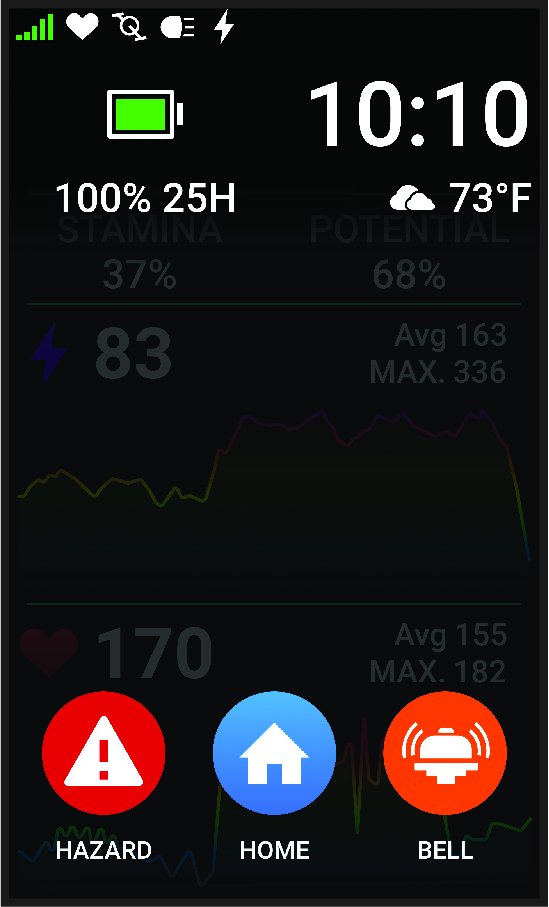Ok this is awesome. Thanks Garmin!!!
I have a couple data fields that use the touch screen for user entry during rides. Th new 1050 (and maybe the 10404?) has a feature activated by tapping the screen - when you do, a set of features pop up such as allowing you to indicate a road hazard. However, if one of your data fields that is listening for a screen tap is displayed, Garmin deactivates that pop up feature so your data field will work as expected. I really thought this feature was going to ruin our ability to use the touch screen. I'm not sure how the device knows a field is listening for taps, but regardless, it works! Awesome!


